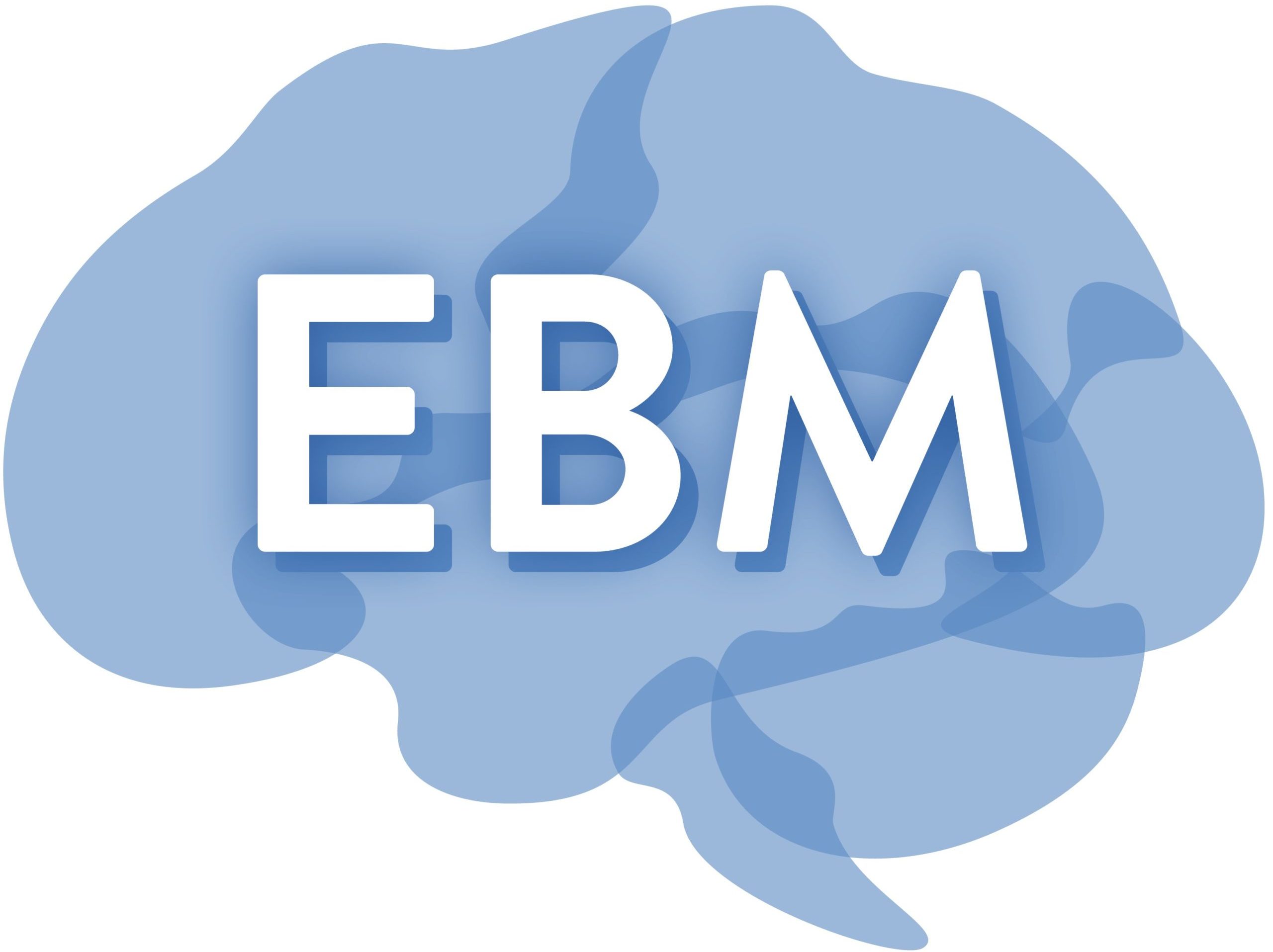Structure
EBM is structured into three focal research areas (FRA) focusing on cerebral (A), spinal (B), and cellular mechanics (C), and an overarching cross-sectional research area (XRA).
A – Cerebral Mechanics:
FRA A focuses on brain development with special emphasis on brain malformations associated with neurological disorders such as epilepsy. Computational modelling in A01 will help systematically understand physical mechanisms underlying brain malformations and benefits from quantitative characterisation of human brain malformations in A02 and the in vitro and in vivo insights gained for brain development in Xenopus (A03/A05) and organoids (A03/A04) based on engineered brain tissue-like matrices.
FRA B – Spinal Mechanics:
FRA B focuses on spinal cord injury and disease with special emphasis on mechanically stimulated regeneration of CNS function. Computational modelling of spinal cord injury, disease and regeneration in B01 assists and builds on unravelling regeneration/disease-promoting/limiting characteristics and determinants of its mechanical landscape in B02, B03, B04, and exploration of in vivo mechanical manipulation in B05.
FRA C – Cellular Mechanics:
FRA C focuses on the role of mechanics in cell-matrix-interactions. Computational modelling of cell-matrix-interactions in C01 targets the role of mechanics for neuronal ‘plasticity’, seizure-like hyperactivity and cellular differentiation investigated in C02, C03 and C04, all informed by the versatile experimental platform established in C05 and corresponding insights into mechanosensing and -transduction.
XRA – Cross-sectional projects:
The overarching cross-sectional projects in XRA will focus on the standardisation and integration of in vivo and ex vivo testing data across scales (X01), the transferability of data from different species and experimental methods through advanced machine learning techniques (X02), and the design of engineered substitute materials for brain tissue (X03).
EBM structure (PDF)
| A Celebral mechanics | B Spinal mechanics | C Cellular mechanics |
| A01 In silico modelling of brain malformations
S. Budday |
B01 In silico modelling of spinal cord regeneration
P. Steinmann, S. Budday |
C01 In silico modelling of mechanical cell-matrix-interactions
V. Zaburdaev, P. Steinmann |
| A02 Quantitative characterisation of human brain malformations
I. Blümcke, A. Dörfler, F. Paulsen |
B02 Pre and post metamorphosis spinal cord regeneration in frogs
K. Franze |
C02 The role of mechanics for neuronal ‚plasticity‘
R. Frischknecht |
| A03 In vitro model for the mechanics of early brain development
A. Schambony |
B03 The determinants of spinal cord mechanics in homeostasis
J. Guck/S. Möllmert |
C03 The role of matrix mechanics in synchronised neuronal activity
K. Kobow |
| A04 The role of mechanics in orchestrating neural lineage decisions
M. Karow/S. Falk |
B04 Spinal cord mechanics in a mouse model of multiple sclerosis
S. Kürten |
C04 Cellular differentiation in brain-tissue like matrices A. Bosserhoff |
| A05 In vivo model for the mechanics of brain development
K. Franze |
B05 In vivo mechanical manipulation of spinal cord regeneration
D. Wehner |
C05 Molecular mechanisms of neuronal mechanotransduction
B. Fabry |
| X Cross-sectional projects | ||
| X01 Model-based reconciliation of ex vivo and in vivo test data
J. Guo/I. Sack, P. Steinmann, K. Willner |
||
| X02 Data analysis and machine learning for heterogeneous, cross-species data
A. Maier/K. Breininger |
||
| X03 Engineering brain-tissue-like matrices
A. Boccaccini |
||
| Y Establishing MRE at FAU
A. Dörfler/F. Laun, J. Guo/I. Sack |
||
| Z Scientific coordination and fiscal administration
P. Steinmann, S. Budday |
||
| iRTG Integrated Research Training Group
F. Paulsen |
||
